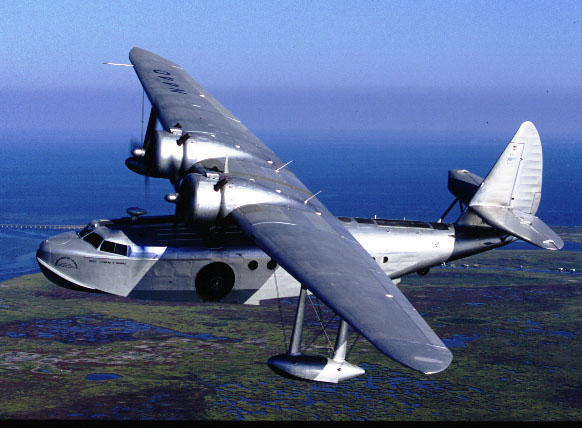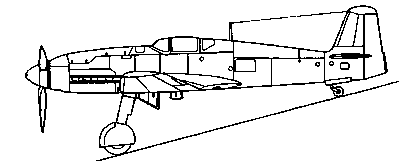You are not logged in.
Dear visitor, welcome to WesWorld. If this is your first visit here, please read the Help. It explains in detail how this page works. To use all features of this page, you should consider registering. Please use the registration form, to register here or read more information about the registration process. If you are already registered, please login here.

This post has been edited 1 times, last edit by "Swamphen" (Feb 24th 2007, 4:14pm)
Quoted
Originally posted by thesmilingassassin
Quoted
Originally posted by Red Admiral
For aircraft rules, I'd more take anything "reasonable" rather than +3/5 yrs
Both are the same. IMO 3-5 years within historical designs is reasonable.


This post has been edited 2 times, last edit by "Tanthalas" (Feb 24th 2007, 10:12pm)

This post has been edited 3 times, last edit by "Salaam86" (Feb 24th 2007, 11:41pm)
Quoted
Climb at 5000 ft @ 200 kts: 432 ft/sec
Quoted
Originally posted by Red Admiral
Hmm. I'm guessing you've used a supercharger (or turbosupercharger) to re-establish power at around 30,000ft? This critical value is more than twice as high as anything historical. The early Merlins (with the best superchargers in the world) had a critical altitude of some 15000ft with others being below this at around 12000ft.
The contra-props are a bit early. They add considerable weight and complexity.
I'd keep the vertical stablisers as well so that the pilot actually has some degree of control over the aircraft.
General question: Why do you need a high altitude fighter when most bombers can't get above 20,000ft or so?
Quoted
Originally posted by Red Admiral
Quoted
Climb at 5000 ft @ 200 kts: 432 ft/sec
Surely the climb rate is in ft/min? Else its climbing at 50,000ft/min
Other questions: any particular reasoning behind a tailless flying wing? Why not go for something more conventional instead?
For this race the same problems still apply. Range for one. Two pilots would be extremely useful as I don't think one could stay awake for the 70-hour trip.
This post has been edited 1 times, last edit by "Salaam86" (Feb 24th 2007, 11:47pm)
Quoted
However, air resistance at 30,000 ft is greatly lower than 10 to 20,000 ft.
That was actually the reasoning. So I could maintain a higher cruising speed.
Yeah, it's using a supercharger.
The secret to it's high altitude flight has little to do with the engine & primative super charger. More to do with how it's structured.
This post has been edited 1 times, last edit by "Red Admiral" (Feb 24th 2007, 11:54pm)
Quoted
Originally posted by Red Admiral
Quoted
However, air resistance at 30,000 ft is greatly lower than 10 to 20,000 ft.
That was actually the reasoning. So I could maintain a higher cruising speed.
Yeah, it's using a supercharger.
The secret to it's high altitude flight has little to do with the engine & primative super charger. More to do with how it's structured.
Yes but with a reasonable supercharger for the time period the engine is going to give around 300-400hp at 30,000ft. The aircraft will be considerably slower and eventually stall. I don't see anything particularly special about the aircraft structure that would overcome this.
Is there any chance you could email me the full excel file please? My address is in my profile here.
Edit:For interested parties, the full view of the Davis Manta can be found here as drawn by Justo Miranda.
Quoted
the supercharger is good up to 48,000 ft on this one.
This post has been edited 1 times, last edit by "Red Admiral" (Feb 25th 2007, 1:17am)
Forum Software: Burning Board® Lite 2.1.2 pl 1, developed by WoltLab® GmbH
